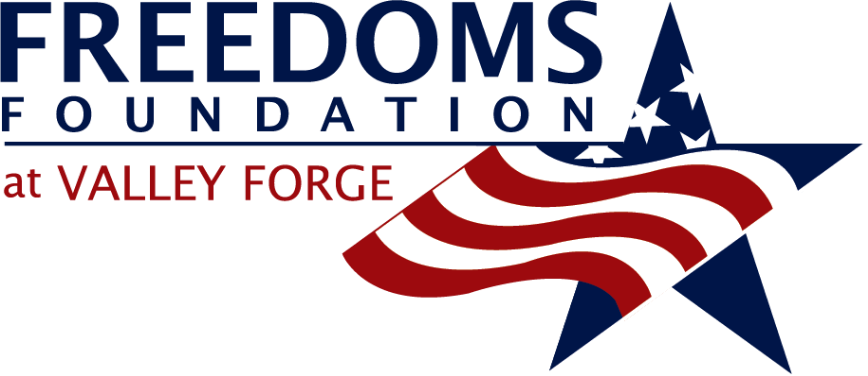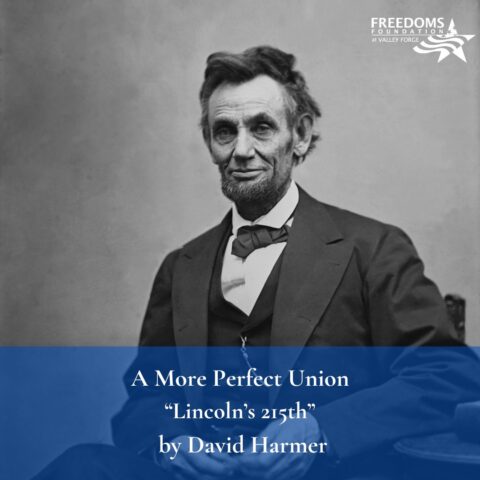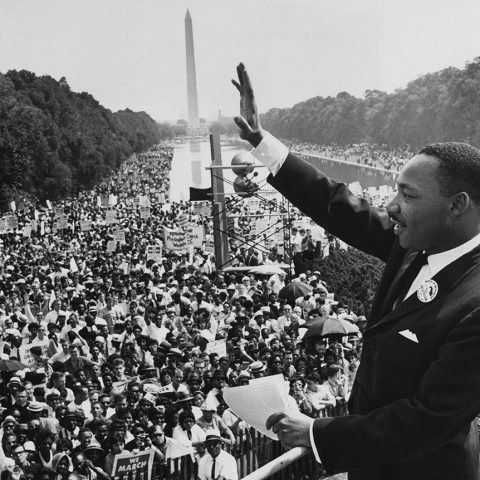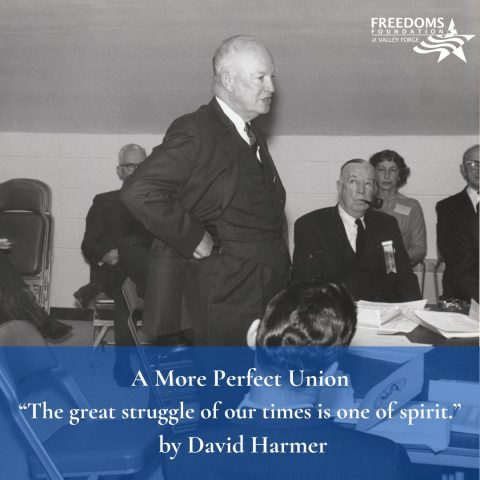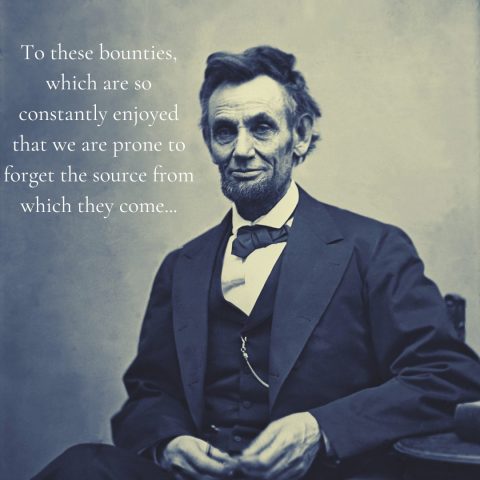Founding Mother

By David Harmer
“It was a courageous show on the part of a woman who had already buried a husband and three children,” writes Ron Chernow, “the last of whom had died little more than a year before.”[1]
When they were alive, even brief separation from her children triggered overwhelming apprehension. Every bark of a distant dog filled her with foreboding; she dreaded that it signaled the approach of a messenger bearing news of their loss. And her devotion to her second husband was legendary. In the years ahead, though every journey to him was an arduous, dangerous ordeal, and conditions in the camps ranged from primitive to horrific, she would spend nearly half the long war by his side.
So to let him go, leaving her alone, was no small sacrifice. But as Edmund Pendleton, Patrick Henry, and George Washington prepared to leave Mount Vernon for the First Continental Congress, Martha Washington buoyed their spirits with her brisk confidence. Wrote Pendleton:
She seemed ready to make any sacrifice and was cheerful, though I know she felt anxious. She talked like a Spartan mother to her son on going to battle. “I hope you will stand firm—I know George will,” she said. [She] was busy from morning until night with domestic duties, but she gave us much time in conversation and affording us entertainment. When we set off in the morning, she stood in the door and cheered us with the good words, “God be with you gentlemen.”[2]
Martha was the comfortable, congenial companion to whom George always longed to return, his “agreeable partner.”[3] Chernow writes:
The marriage of George and Martha Washington proceeded happily, and they seemed united by strong desire and mutual need. Almost all observers found them exceedingly well matched . . . . Martha gave him a secure, happy base for the myriad activities of a busy career. She was his dear companion, trusted adviser, and confidante . . . and they delighted in each other’s company. . . . He was an unabashed enthusiast for the institution [of marriage] and issued so many paeans to domestic felicity as to leave no doubt of his contentment.[4]
In recent decades, there’s been a push to acknowledge formerly neglected contributions of women to history. For Freedoms Foundation at Valley Forge, that required no change in emphasis. Since our inception nearly 75 years ago, we’ve conspicuously honored our nation’s founding mothers. Indeed, our main building is named for Martha Washington—and has been since its dedication in 1963.
Here in Valley Forge, crucible of the Revolution, where the suffering army was on the verge of dissolution or mutiny, Martha did some of her most important work. Arriving in February 1778, she immediately began caring for the sick. She organized simple socials for the officers and their wives, recruiting the latter to join her in sewing shirts and socks for the soldiers. In the small home that served as Washington’s headquarters and residence, shared with a rotating cast of officers, aides, and guests, she hosted congressional delegations and other dignitaries, effectively filling an essential diplomatic role.
Perhaps her greatest contribution came shortly after George’s death. He had been “deeply troubled by the condition of the people enslaved at Mount Vernon,” Lynne Cheney writes, “and as he wrote his will in 1799, setting that to right was in the forefront of his mind.”[5] Michael and Jana Novak explain his solution:
He had already made several decisions regarding slavery, based on his conscience: He would not sell or even move slaves without their permission (rarely, if ever, given), he urged promises of freedom to blacks who had enlisted during the war, he freed several of his house slaves based on Pennsylvania law at the end of his presidency, and he encouraged slave marriages. He finally did what he could in the face of Virginia law, which required that all freed slaves be supported by their former owner. . . . [I]n his will he freed all of his slaves, upon Martha’s death, with instructions on how to support them.[6]
Martha didn’t wait. She freed them in 1800.
[1] Chernow, Ron. Washington: A Life, Penguin Press, 2010, p. 171.
[2] Quoted in Chernow, Ron. Washington: A Life, Penguin Press, 2010, p. 171.
[4] Chernow, Ron. Washington: A Life, Penguin Press, 2010, pp. 101-102.
[5] Cheney, Lynne. The Virginia Dynasty: Four Presidents and the Creation of the American Nation, Viking, 2020, p. 344.
[6] Novak, Michael, and Novak, Jana. Washington’s God: Religion, Liberty, and the Father of Our Country, Basic Books, 2006, p. 44.
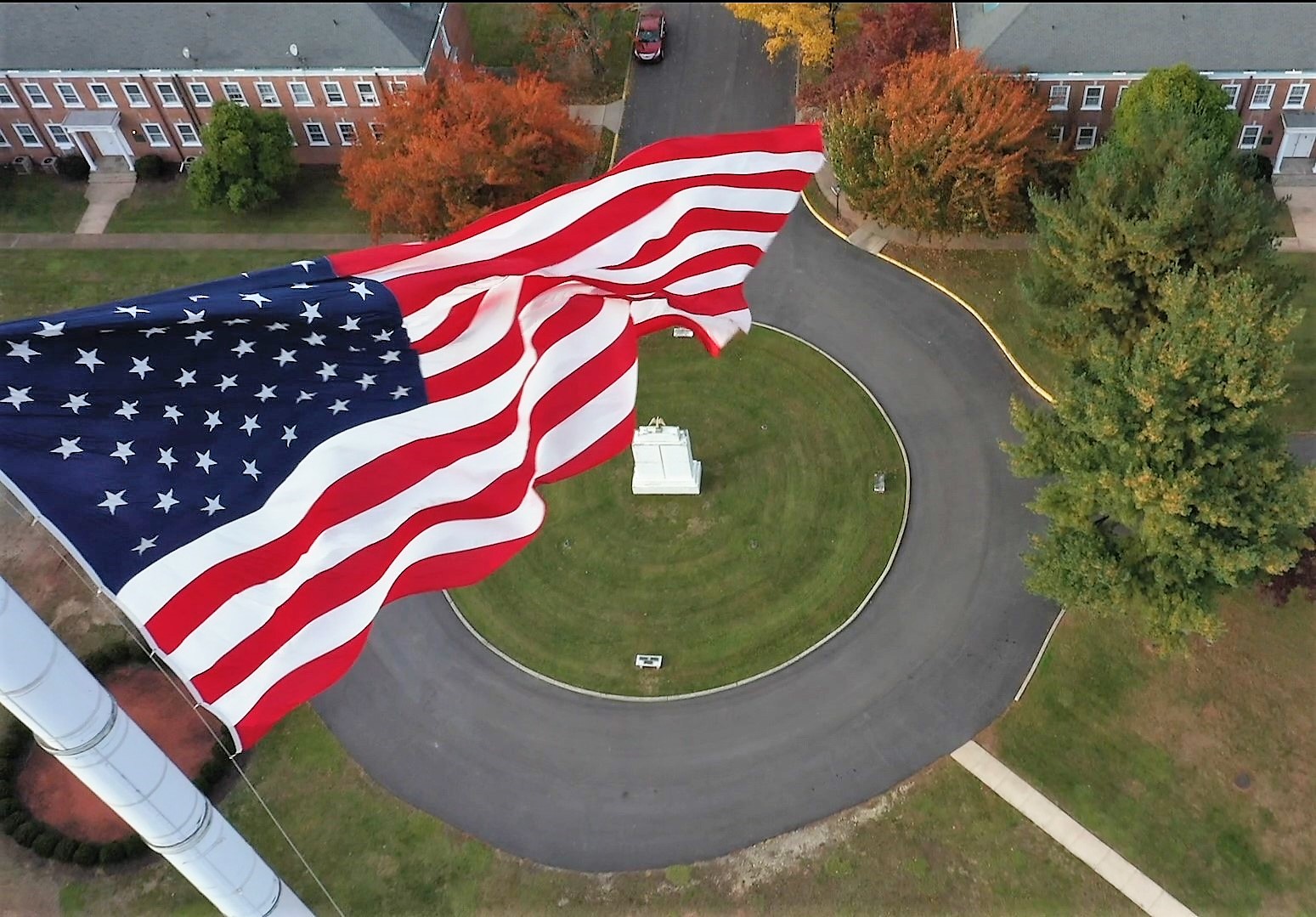
Donate Today
Supporting America’s first principles of freedom is essential to ensure future generations understand and cherish the blessings of liberty. With your donation, we will reach even more young people with the truth of America’s unique past, its promising future, and the liberty for which it stands. Help us prepare the next generation of leaders.
